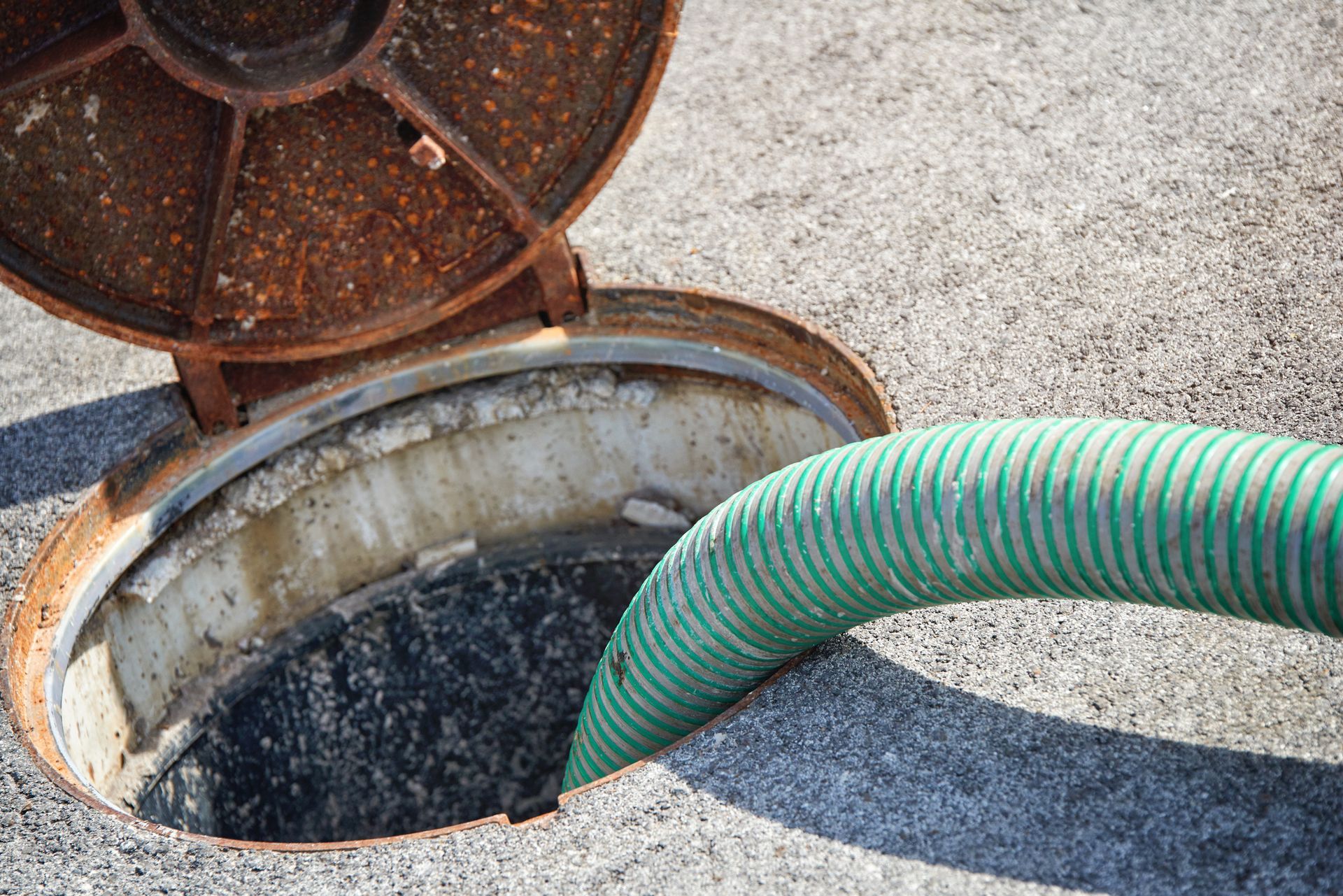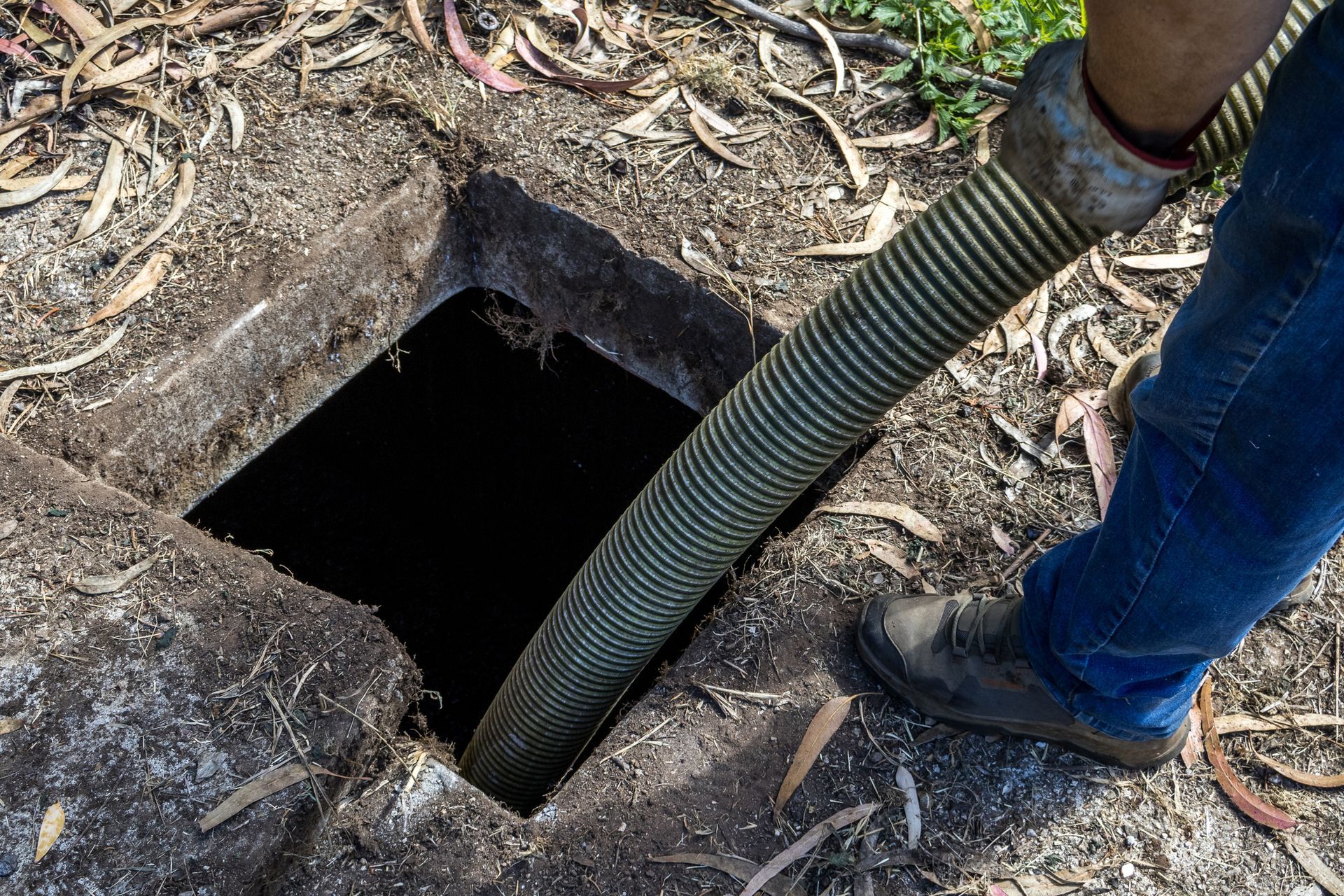5 Common Septic Tank Problems and How to Avoid Them
If you have a septic system, you have to do a lot of maintenance to keep the system working right. A well-maintained septic tank can work for many years without problems. If you would like to learn more, check out these five common septic tank problems and how to avoid them.
1. Damage From Tree Roots
Tree roots search out water, and if they find your septic tank, they may try to get inside. This can lead to leaking. If your system leaks, you can spot it by looking for patches of oddly healthy grass, unpleasant odors, or liquid swage on the lawn. You can help prevent this problem by avoiding planting trees near the tank.
If your tree branches start to hang over the area in which the septic tank is, the roots may have also reached it. If you have only a few feeder roots attacking the septic tank, you can use special chemical treatments, but in severe cases, mechanical removal may be necessary to stop the roots.
2. Non-Biodegradable Material in the Tank
Ideally, your septic tank works by breaking down most of the solid waste. Eventually, sludge builds up, and you will have to empty the tank. However, if you flush non-degradable materials, they can't be broken down at all, which causes your tank to fill up faster. This may result in you misjudging how full the tank is, which can lead to spills and leaks.
Common non-biodegradable materials in septic tanks include paper towels, tampons, and diapers. If too much non-biodegradable material is in the system, it can block the drainage system, causing the system to overfill with liquid waste. For this reason, you should avoid flushing anything that is not biodegradable.
3. Slow Draining From Clogs
If your system does develop clogs from non-biodegradable materials or sludge, it can cause the system to drain slowly. It may take longer for your sinks and showers to drain, and, in more severe cases, the water may back up, spilling dirty water and sewage into your home.
Your best chance for avoiding clogs is to use the system properly. Don't use non-biodegradable products, and empty the system as necessary. You should also regularly maintain the system to ensure pipes are clean.
4. Damage to the Drainfield
The drainfield is the part of the system that releases the liquid waste or effluent so the soil can naturally absorb the waste. One way to damage the drainfield is by crushing it by driving on it or building a structure on the drainfield. This is why you should always build structures away from the septic system.
The drainfield may become overwhelmed if too much water is in the septic system. The field can even start to flood if too much water is released at once. You can avoid filling the system with too much water by regularly maintaining it.
5. Hazardous Chemicals
You can pour many chemicals down your sink if you connect to the city sewer system. However, these same chemicals can cause major problems if you have a septic tank. In particular, chemicals that destroy the bacteria in the tank cause problems.
A septic tank needs bacteria to work because bacteria break down the solid waste. If you use chemicals that kill these bacteria, nothing can break down the waste, so your system gets full fast. When in doubt, only use anything that says it can safely be used on septic systems.
A septic system is only a bad idea if you don't maintain it. With good care, septic systems can work well for many years. If you would like to learn more, or if you need repairs or cleaning, contact us at AAA Pumping Service Inc. today.








